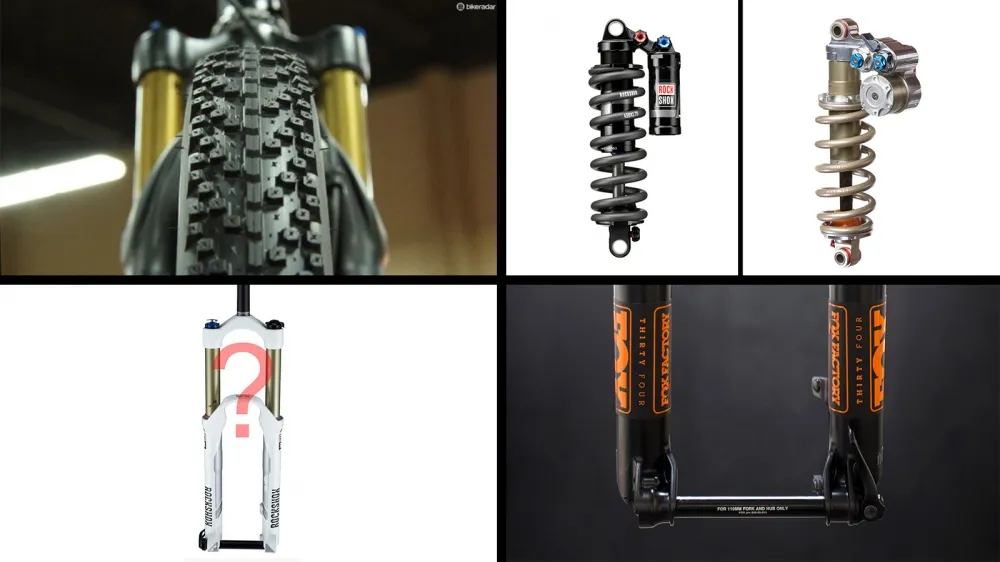As winter releases its icy grip on the northern hemisphere, the bicycle industry is coming out of hibernation and gearing up for yet another season.
Here are a few technologies we expect to take center stage this year.
27.5 is here
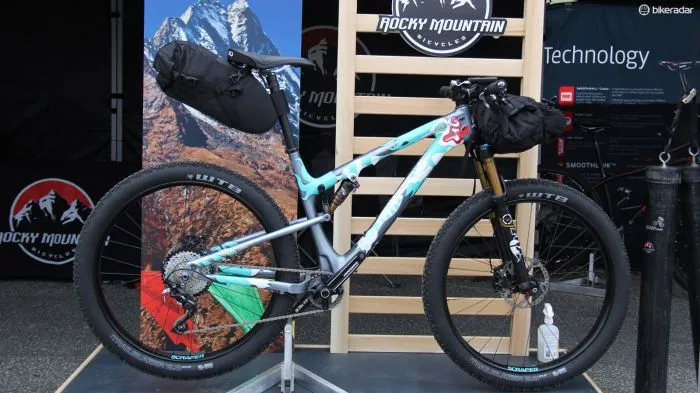
We’ve covered it before, and it’s not going to go away anytime soon. Mark my words, 2015 will be the year of 27.5
WTB already rolled out the Scraper rim and Trailblazer tire combo and others are starting to follow suit. Last week, Fox Racing Shox rolled out the first purpose-built 27.5 suspension fork, which means others can’t be far behind.
So what’s the big deal with 27.5 ? Fat bikes have given many mountain bikers an appreciation for higher-volume tires. Likewise, many riders have come to enjoy running wider rims. Last but certainly not least: where 29 is unwieldy for many applications, 27.5x3in tires can fit into many existing 29er frames.
Related reading: Exploring 27.5
148x12 is the new normal
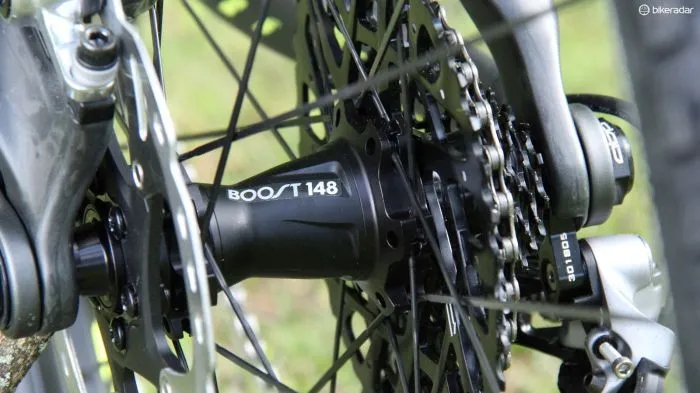
We saw Trek roll out a new, wider real axle standard in conjunction with SRAM last summer. Boost 148 promises improved wheel stiffness by increasing the distance between hub flanges – increasing the width of the base of the triangle made by the spokes and flanges of the hub shell increases the lateral stiffness of the rear wheel.
This could be very beneficial to 29er riders, who won’t have to resort buying pricey carbon wheels to see stiffness gains.
Related reading: Trek and SRAM roll out wider axle standard
But why not just use the existing 150mm rear standard? Because 150mm rear hubs often require a wider Q-factor and, unlike ‘boosted’ hubs, they don’t offer wider hub flanges, which increase wheel stiffness.
While a ‘boosted’ rear end doesn’t necessitate increasing the Q-factor, it does require spacing the drivetrain 3mm outboard to maintain proper chainline.
This additional 3mm might not sound like much, but for frame designers, it buys them valuable space in an area of the frame where the rear tire, main pivot chainstay and front derailleur are all vying for space.
The 148x12mm standard can increase tire clearance while shortening chainstays – another plus for 29ers, or for 29ers that will pull double-duty as 27 frames.
Given the fact that Trek is pushing ahead with it, we expect to see other big names follow suit. It’s quite possible that this will be come the new normal for mountain bikes by the 2017 model year.
Which brings us to another wider-is-better technology…
Fork spacing spreads to 110mm
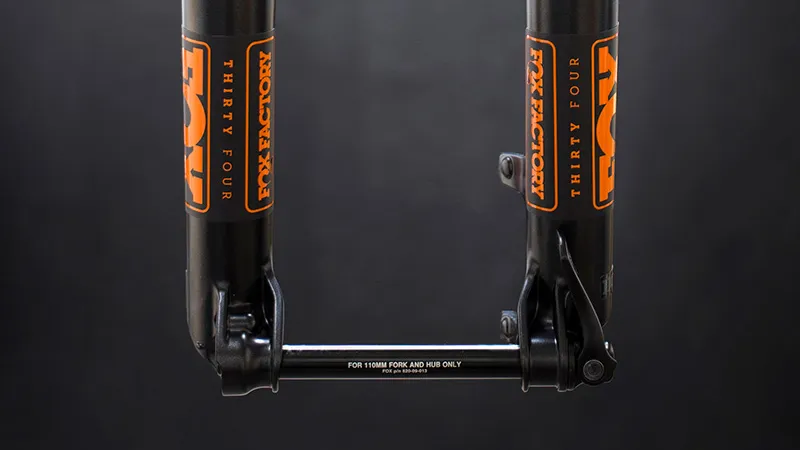
If stiffness gains can be achieved with 148x12mm in the rear, what about the front? Front axle spacing has remained static for decades, despite the fact that the front flange spacing decreased when disc brakes become the norm.
It looks like 2015 could be the year that the industry begins to transition to wider front ends; 110x15mm thru-axles are in the works.
Trek pushed 148x12mm and they have a history of pushing fork manufacturers to adopt new standards — think G2 offset, now more commonly known as the 51mm offset used on an increasing number of 29ers.
While Fox rolled out 110x15 on its 27.5 fork, don’t think that it will be limited to just ‘plus-sized’ products, and keep in mind that RockShox also rolled out a proprietary version of 110x15mm for its RS-1 last summer.
A 27.5 RockShox Lyrik / Fox 36 contender?
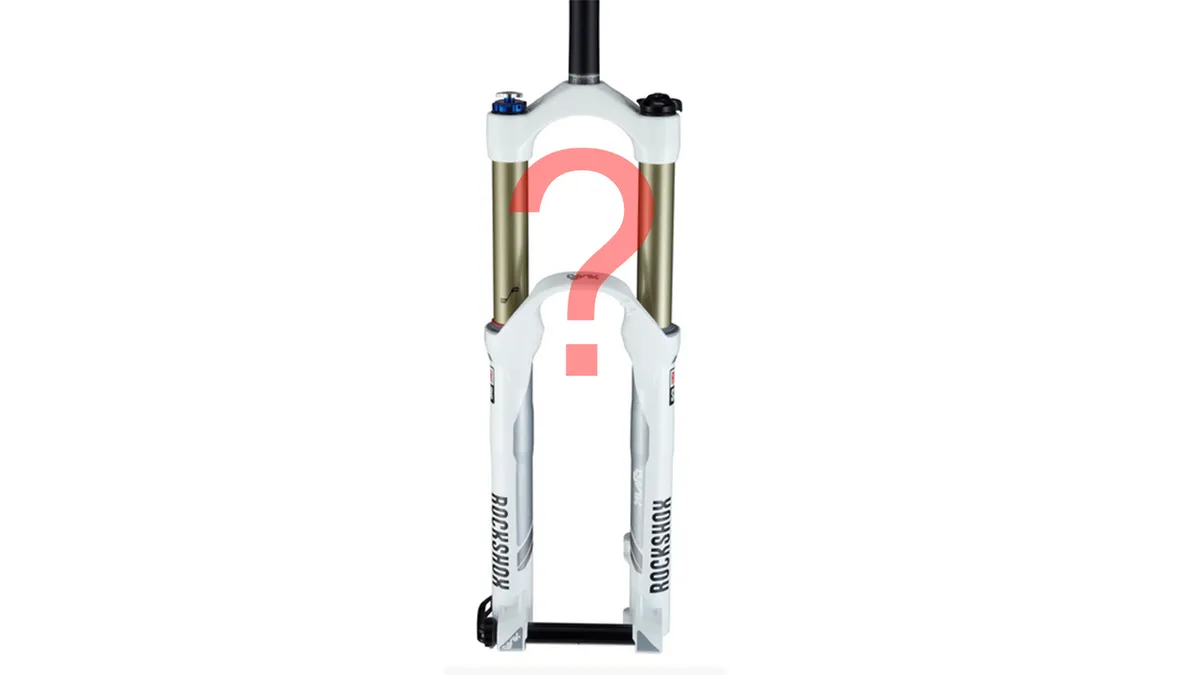
The RockShox Pike is an outstanding fork. It has outshined the Fox 34 in all our tests so far. As capable as it is though, it’s outclassed by the stiffer, more adjustable Fox 36.
RockShox no longer has a direct competitor to the Fox 36, at least not when it comes to 27.5in and 29in wheels. We expect to see the Lyrik, or a new fork that takes its place, with 160 to 180mm of travel built around the charger damper with independent high- and low-speed compression and rebound adjustments.
We reached out to RockShox for comment and were given the tried and true “we’re always working on things” response.
Which brings us one other suspension development…
The return of the coil shock?
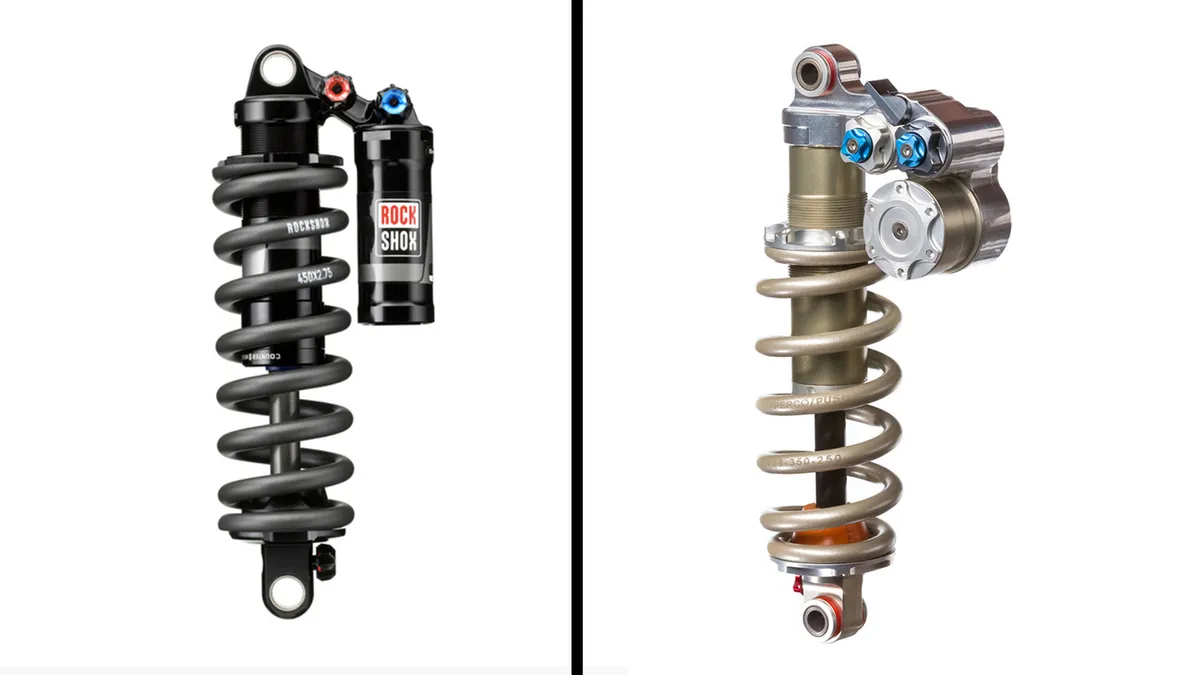
As air shocks have become more reliable and more adjustable the coil shock has fallen out of favor. But the as enduro racing becomes ever more competitive, the coil may be springing back into fashion.
Enduro rigs take a lot of abuse. Consecutive downhill runs that can be longer and more grueling than some World Cup downhill tracks test the limits of suspension performance.
Many of these bikes are light enough that the weight penalty that accompanies swapping an air shock for a coil is made up for by their small-bump sensitivity and fade-free performance on extended descents.
This is the rationale Push Industries used when it introduced its first shock, the Elevensix, last month. And it seems that small-batch shock builders like Push are not alone – Giant Factory Off-Road enduro racers Josh Carlson and Adam Craig have been spotted running what appear to be coil-sprung RockShox Vivid RC2 units on their Giant Reign 27.5 race bikes. Carlson stated on his Instagram feed that the coil shock makes the bike feel and track awesome.
Another RockShox-sponsored rider, Yeti racer Nate Hills, has also been spotted riding a Vivid RC2-equipped SB6c.
Does this mean we’ll see a coil-sprung revival?
Just a matter of time
We're sure to get a glimpse of new tech when this year’s Enduro World Series kicks off in two weeks in New Zealand at Crankworx Rotorua. A few weeks after the EWS season opener, Sea Otter will showcase an even wider range of new technologies, so stay tuned!
